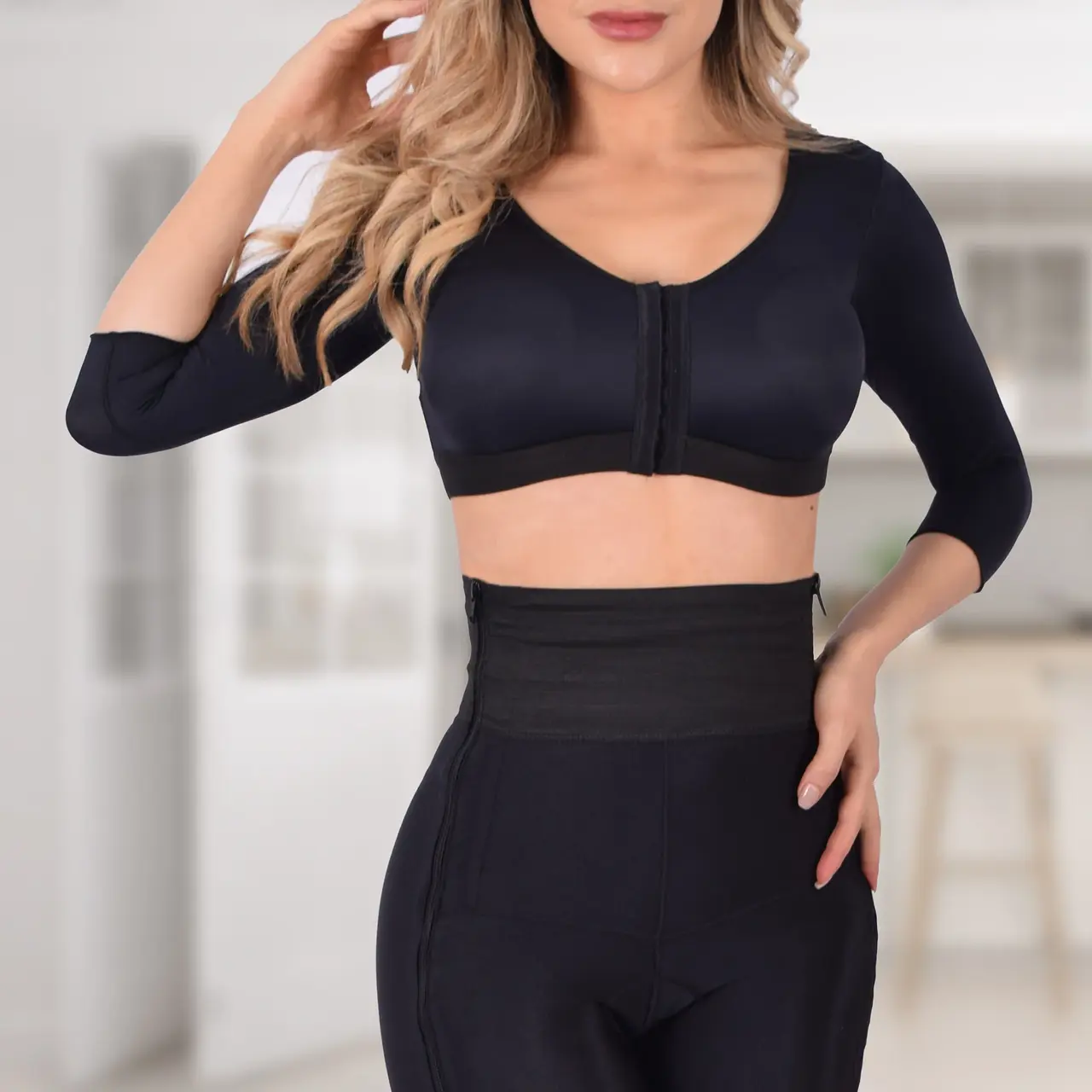The road to recovery from lymphedema can seem daunting, but selecting the right compression sleeve plays a crucial role in managing this condition. Much like a loyal companion, the perfect lymphedema compression sleeve provides essential support. Let's explore how to choose wisely, ensuring both comfort and effectiveness.

Understanding Lymphedema and the Role of Compression Sleeves
Lymphedema causes swelling due to fluid buildup in the limbs. Managing it requires proper treatment, including compression therapy. A compression sleeve applies gentle pressure to improve lymphatic flow and reduce swelling.
Using the right sleeve is essential. It prevents fluid accumulation, supports circulation, and enhances mobility. However, not all compression sleeves are the same, so choosing the best one for your needs is key.
Key Features to Look for in a Compression Sleeve
When selecting a lymphedema compression sleeve, consider these factors:
- Material: Look for breathable, moisture-wicking fabric to ensure comfort.
- Compression Level: Follow medical recommendations to choose the right pressure level.
- Fit: A snug but not too tight fit is ideal. Measure your arm to find the correct size.
- Seamless Design: Reduces irritation and improves comfort for sensitive skin.
- Durability: Choose a sleeve that maintains elasticity even after multiple washes.
How to Measure for a Compression Sleeve
Getting the right fit is crucial for effectiveness. Follow these steps to measure your arm:
- Measure in the Morning: Swelling is minimal at this time.
- Use a Soft Measuring Tape: Measure the circumference of your wrist, elbow, and upper arm.
- Check the Length: Some sleeves cover the entire arm, while others focus on specific areas.
- Consult a Professional: A healthcare provider or lymphedema specialist can help ensure an accurate fit.
Caring for Your Sleeve
To extend the life of your sleeve, follow these care tips:
- Wash Regularly: Hand wash or use a gentle machine cycle to remove oils and sweat.
- Avoid Harsh Detergents: Use mild soap to preserve the fabric’s elasticity.
- Air Dry: Keep away from direct heat or sunlight to maintain compression strength.
- Rotate Between Sleeves: Having multiple sleeves allows each to rest and regain shape.
Finding Trusted Brands for Compression Sleeves
Many brands offer high-quality compression sleeves for lymphedema management. Some trusted options include:
- Jobst: Known for medical-grade compression and durable materials.
- Medi: Offers a variety of sizes and pressure levels for personalized comfort.
- Sigvaris: Provides stylish and effective options for daily wear.
Final Thoughts
Choosing the right lymphedema compression sleeve ensures better mobility, reduced swelling, and improved quality of life. With the proper fit and care, you can manage symptoms effectively and stay comfortable throughout your recovery journey.
Explore our collection of post surgical garments.